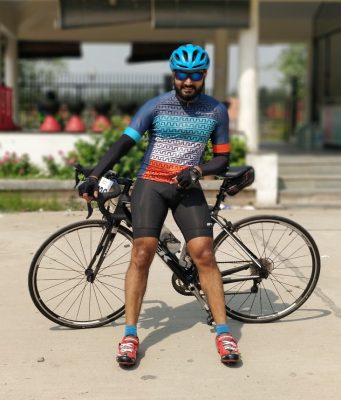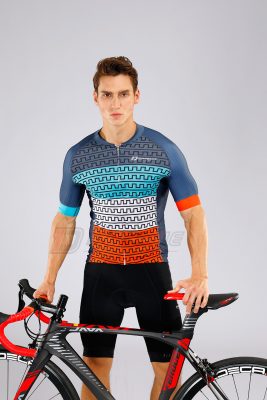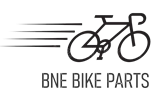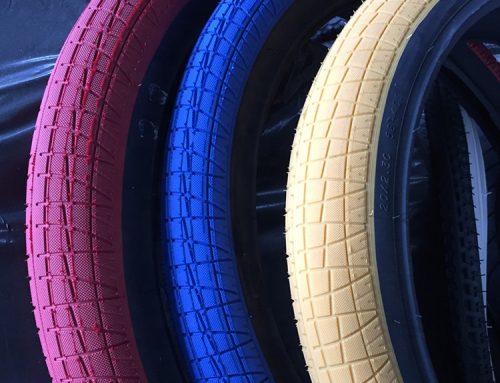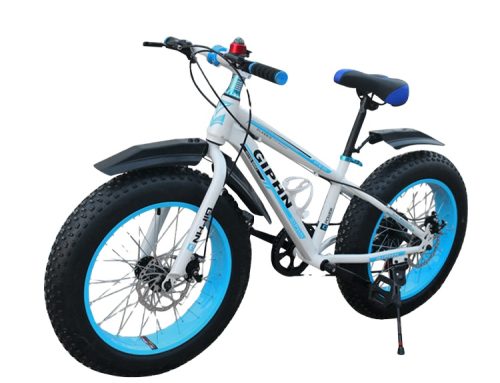Upgrading your bike seat (saddle) can significantly enhance your riding experience by increasing comfort, reducing pressure points, and improving overall performance. Here are some considerations and potential upgrades that can enhance your ride:
- Saddle Shape and Width: Different saddles are designed for various riding styles (road, mountain, touring, etc.) and body types. A saddle that matches your riding style and provides appropriate width for your sit bones can greatly improve comfort. Look for saddles with ergonomic shapes that reduce pressure on sensitive areas.
- Padding and Cushioning: Saddle padding varies from minimal to heavily cushioned. The right amount of padding depends on your personal preference and the type of riding you do. Padded saddles can provide extra comfort for longer rides, while minimalist saddles may be preferred by performance-oriented riders.
- Cutout or Relief Channel: Many modern saddles come with cutouts or relief channels in the center to reduce pressure on the perineal area. This can help prevent numbness and discomfort, especially on longer rides.
- Materials: High-quality saddle materials such as leather, synthetic leather, or advanced fabrics can improve durability and comfort. Some materials are also more breathable, which can reduce moisture buildup and chafing.
- Rails: Saddle rails affect weight, strength, and flexibility. Titanium or carbon rails can provide a balance between weight savings and comfort. However, the choice of rails can also influence the cost of the saddle.
- Suspension Systems: Some saddles come with built-in suspension systems or elastomers that absorb road vibrations and shocks. These can be particularly useful for off-road or gravel riding.
- Gender-Specific Saddles: Many manufacturers offer gender-specific saddles that take into account anatomical differences between men and women. These saddles are designed to provide optimal support and comfort for each gender.
- Professional Bike Fitting: Consider getting a professional bike fit before upgrading your saddle. A bike fit can help you determine the ideal saddle width, shape, and position based on your body’s biomechanics and riding style.
- Test Rides: Whenever possible, try out different saddles before making a final decision. Some bike shops offer demo programs that allow you to test saddles on actual rides.
- Personal Preference: Comfort is highly subjective, so what works for one person might not work for another. Pay attention to how your body responds during rides and choose a saddle that aligns with your comfort needs.
Remember that saddle comfort can also be influenced by factors such as bike fit, riding posture, and the type of clothing you wear. It’s a good idea to give yourself time to adjust to a new saddle and make small adjustments as needed. A well-chosen saddle upgrade can make your rides more enjoyable and help you achieve your cycling goals.
